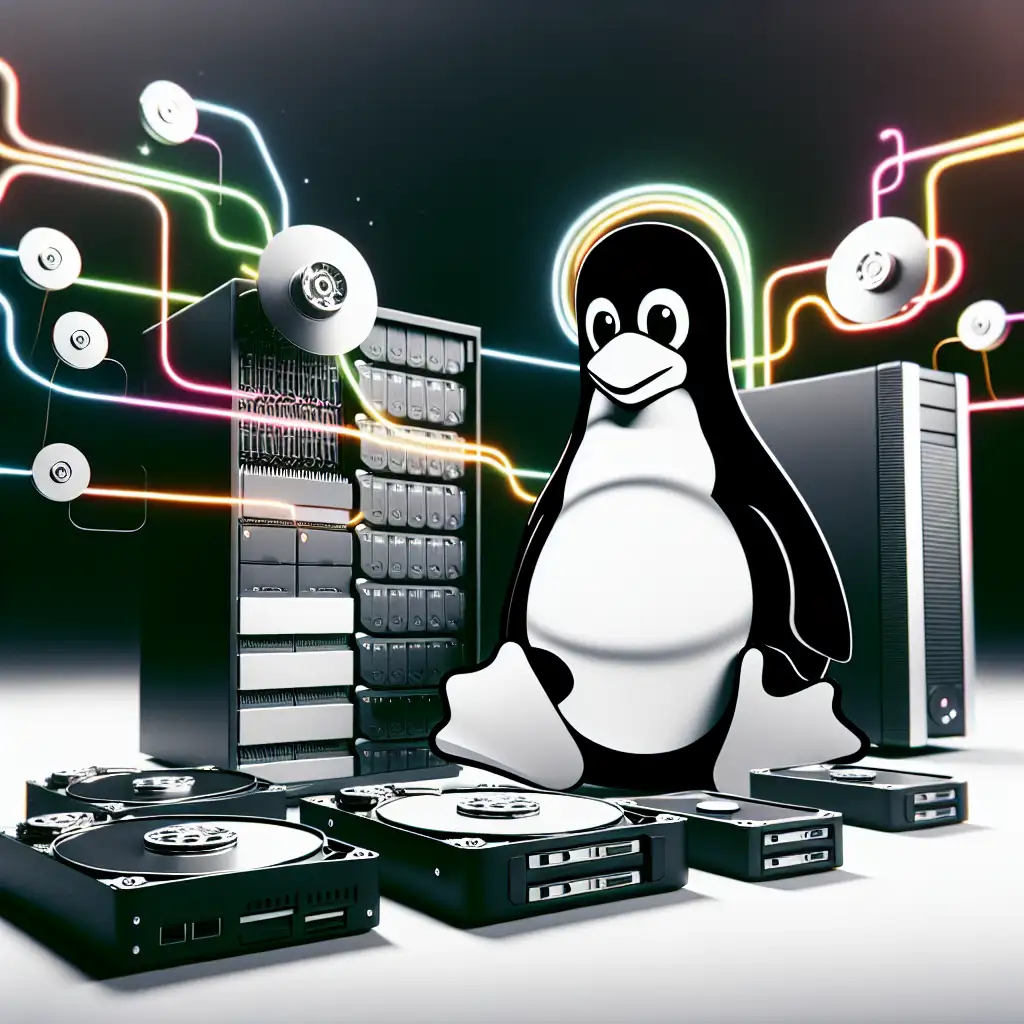Mastering Disk Mounting in Linux: A Practical Guide to Seamless Storage Integration
Disk mounting in Linux is often treated as a straightforward, one-time task. However, as your storage needs grow and environments become more complex, simply knowing how to run a mount command isn’t enough. Correctly mounting disks is essential not only to gain access to your data but also to ensure system stability, optimize performance, and maintain security.
Most guides stop at the basics of mounting disks, but real mastery means understanding nuanced options, dynamic mounts, and troubleshooting hidden pitfalls that can save hours of downtime and frustration. This post dives deep into mastering disk mounting in Linux with clear steps, practical tips, and real-world examples you can immediately apply.
Why Proper Disk Mounting Matters
- System Stability: A disk mounted incorrectly can cause boot delays or even failures.
- Data Accessibility & Integrity: Mount points control where and how your data is accessed; improper mounts can corrupt files or cause loss.
- Security: Mount options affect permissions and access controls that protect your sensitive data.
- Performance: Choosing the right filesystem options impacts read/write speeds and responsiveness.
- Flexibility: Understanding dynamic mounts allows seamless integration of new devices without manual intervention every time.
Step 1: Identify Your Disk
Before you mount anything, identify which disk or partition you want to mount.
Use:
lsblk
Example output:
NAME MAJ:MIN RM SIZE RO TYPE MOUNTPOINT
sda 8:0 0 465.8G 0 disk
├─sda1 8:1 0 100M 0 part /boot
├─sda2 8:2 0 465.6G 0 part /
sdb 8:16 0 1.8T 0 disk
└─sdb1 8:17 0 1.8T 0 part
Here sdb1 is an unmounted large partition likely ready for integration.
Alternatively:
sudo fdisk -l
to get detailed partition info including filesystem type.
Step 2: Create a Mount Point
A mount point is a directory where your disk’s root content will appear.
Conventionally under /mnt or /media, but you can choose any directory.
Example:
sudo mkdir -p /mnt/storage
Step 3: Mount the Disk Manually
Mount the device with this command:
sudo mount /dev/sdb1 /mnt/storage
Now check that the storage is accessible:
ls /mnt/storage
Bonus: Checking Filesystem Type (Optional)
If you didn’t specify a filesystem type during mount, Linux attempts auto-detection.
To explicitly specify:
sudo mount -t ext4 /dev/sdb1 /mnt/storage
Replace ext4 with ntfs, xfs, etc., based on your setup.
Step 4: Automate Mounting at Boot (Using /etc/fstab)
Manual mounts don’t survive reboot by default — let’s fix that using the system’s fstab file.
Run:
sudo blkid /dev/sdb1
to get UUID for persistent device referencing:
/dev/sdb1: UUID="123e4567-e89b-12d3-a456-426655440000" TYPE="ext4"
Edit /etc/fstab with your favorite editor:
sudo nano /etc/fstab
Add this line at the bottom (example for ext4):
UUID=123e4567-e89b-12d3-a456-426655440000 /mnt/storage ext4 defaults 0 2
Explanation of fields:
UUID=...— device identifier/mnt/storage— mount pointext4— filesystem typedefaults— default mount options (can be customized)0— dump utility flag (usually zero)2— fsck order at boot (root=1, others=2)
Run this command to test fstab config without rebooting:
sudo mount -a
If no errors appear, all good!
Understanding Common Mount Options
Customizing mount options tweaks stability, performance & security:
| Option | Description |
|---|---|
ro | ReadOnly mount for extra safety |
noatime | Don’t update file access timestamps (boosts speed) |
nodiratime | Same as noatime but only for directories |
nosuid | Ignore set-user-ID bits for security |
nodev | Don’t interpret device files on this filesystem |
noexec | Don’t allow execution of binaries here |
user | Allow non-root users to mount |
Example with options:
UUID=123e4567-e89b-12d3-a456-426655440000 /mnt/storage ext4 defaults,noatime,nosuid,nodev 0 2
Dynamic Mounting with Systemd Automount (Optional Advanced Tune)
If you don’t want disks mounted until accessed (a great way for rarely used storage), use systemd automount units.
Create an automount unit file /etc/systemd/system/mnt-storage.automount like this:
[Unit]
Description=Automount /mnt/storage
[Automount]
Where=/mnt/storage
[Install]
WantedBy=multi-user.target
Enable it:
sudo systemctl enable mnt-storage.automount --now
Now the disk mounts dynamically when you cd into /mnt/storage.
Troubleshooting Tips
Disk Won't Mount?
- Check dmesg logs:
dmesg | tail -20
for errors like bad superblock or unsupported filesystem.
- Verify filesystem integrity:
sudo fsck /dev/sdb1
“Permission Denied” Errors?
This often relates to ownership or permissions on the mount point or mounted filesystems (especially NTFS/vfat).
Try mounting with additional options like:
-o uid=1000,gid=1000,dmask=027,fmask=137
for NTFS/vfat drives so your regular user has access.
Using Swap Spaces?
If you want to add swap from a partition instead of mounting a filesystem:
sudo mkswap /dev/sdb2
sudo swapon /dev/sdb2
# And add to fstab:
UUID=<uuid> none swap sw 0 0
Wrapping Up
Mastering disk mounting in Linux requires going beyond just typing a quick command or modifying fstab blindly.
By understanding:
- How to properly identify devices and partitions
- Creating appropriate mount points
- Applying optimized and secure mount options
- Automating mounts reliably across reboots with UUIDs
- Employing advanced tricks like automounts via systemd
you equip yourself with rock-solid skills to seamlessly integrate storage—whether in personal laptops, complex servers, or cloud environments—while minimizing downtime and security risks.
Try this out today: connect an external drive or add a new virtual disk in your VM, then walk through these steps and explore different mount options tailored for your use case!
Feel free to leave questions or share your experiences below ✨
Happy mounting! 🚀
